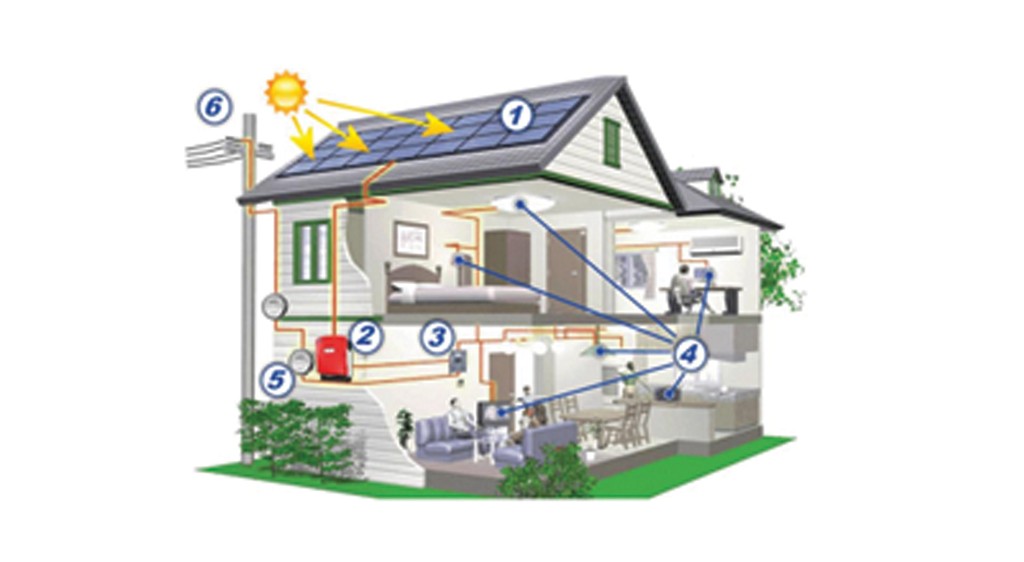Net-Metering: A boon to solar consumers
By EPR Magazine Editorial November 27, 2017 11:53 am IST
By EPR Magazine Editorial November 27, 2017 11:53 am IST

Solar energy systems few years back were installed with huge battery banks to store solar energy generated during daytime for night usage. This was not a cost effective solution for consumers as it required not only high initial system cost for batteries, but also customer had to incur high maintenance and Battery replacement expenses every 3-4 years. This high cost became a bane to consumers and hence solar energy systems did not find many deployments. For industries, it became a deterrent due to high cost of batteries.
However with a view to promote rooftop solar plants in a big way and conserve energy wastage, MNRE and state nodal agencies took a positive policy decision to allow grid network to be used as a storage system for excess solar units generation, under ‘net-metering’ policy. This opened up a huge market for Solar rooftops wherein consumer can do away with battery systems all together and pump in extra solar units generated during day time into grid network and get compensated for the units at night time.
Net metering is the practice of allowing utility customers with renewable electricity generation systems to sell their excess power to the electrical grid. For energy producers, it decreases strain on transmission lines and power generation facilities, allowing for decreased maintenance costs. And for local governments, it decreases pollution and decreases dependence upon imported fuel sources.Net metering offers several benefits to local consumers, such as decreasing their energy costs and improving local quality of service.
Net-metering allows (i) the power consumer to use the grid as a ‘virtual battery’ thereby eliminating the need for storage batteries, (ii) maximize the space available to install an optimally-sized solar system and (iii) homes and businesses to save money, to monetize its vacant rooftop and to become a decentralized power plant.
Greenrays Enersol Pvt LtdWe use cookies to personalize your experience. By continuing to visit this website you agree to our Terms & Conditions, Privacy Policy and Cookie Policy.